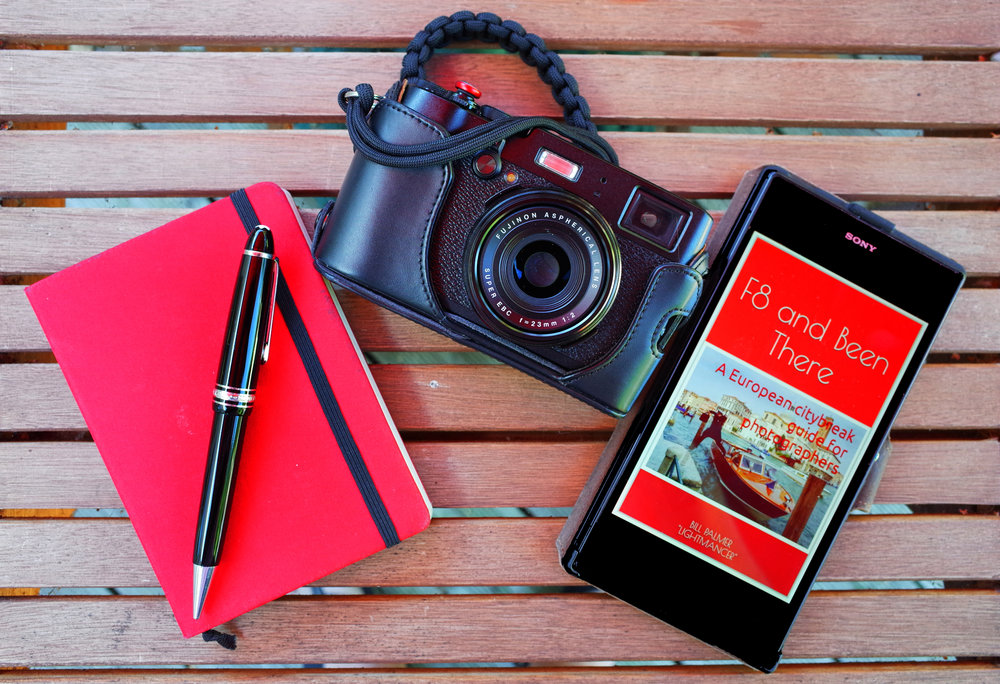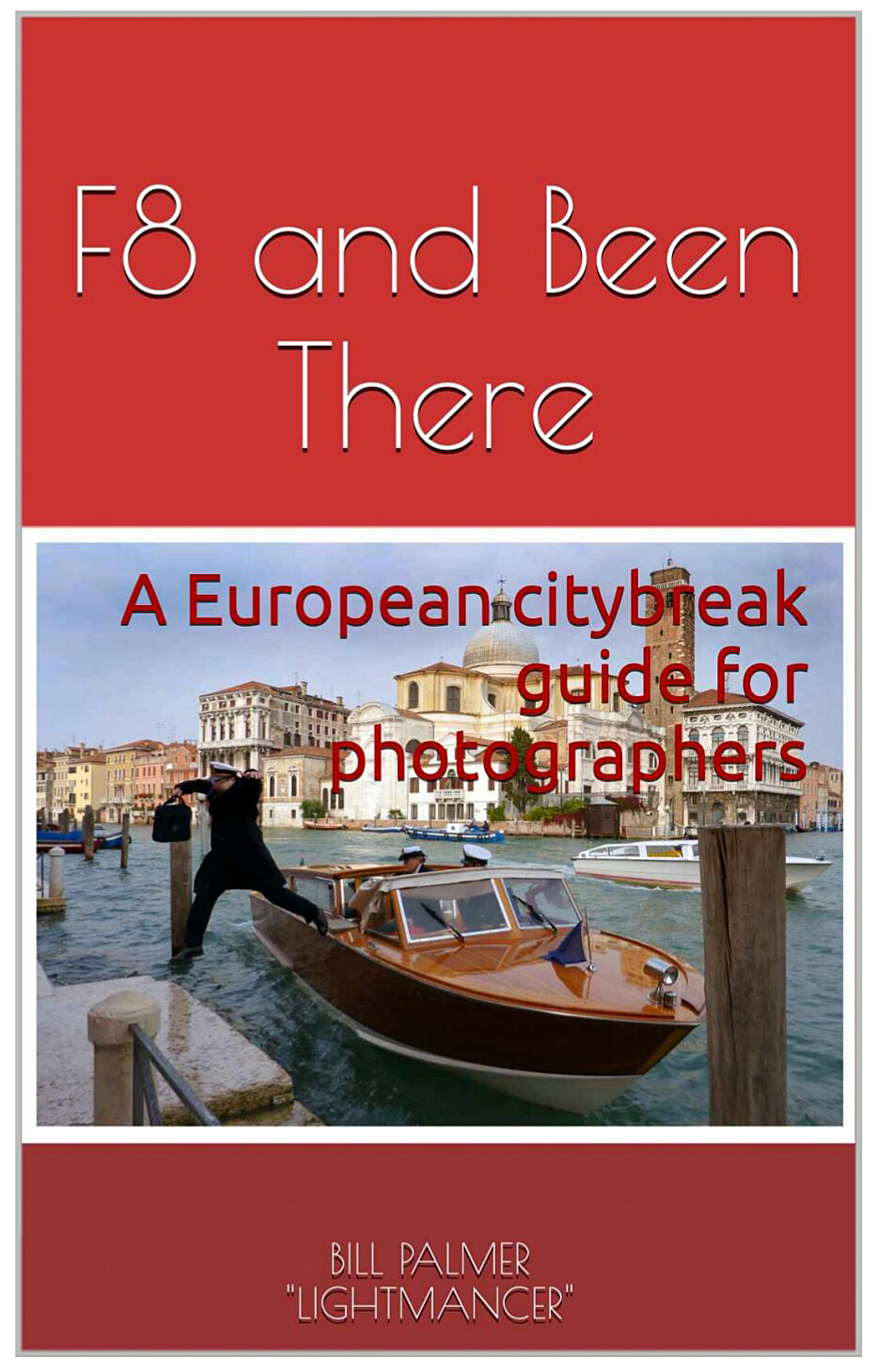A couple of years ago I was on a flight back from Moscow with my wife. We had just enjoyed a long weekend in the bosom of Mother Russia. My Fujis were nestling securely in the overhead locker and as is my habit I was writing notes about our trip in my little red journal. I am not a great diarist per se but I do like to have something to refresh my memory and to assist with captioning my photos when back at home.
“Why don’t you turn it into a book?” she asked innocently.
So it’s her fault entirely what happened next.
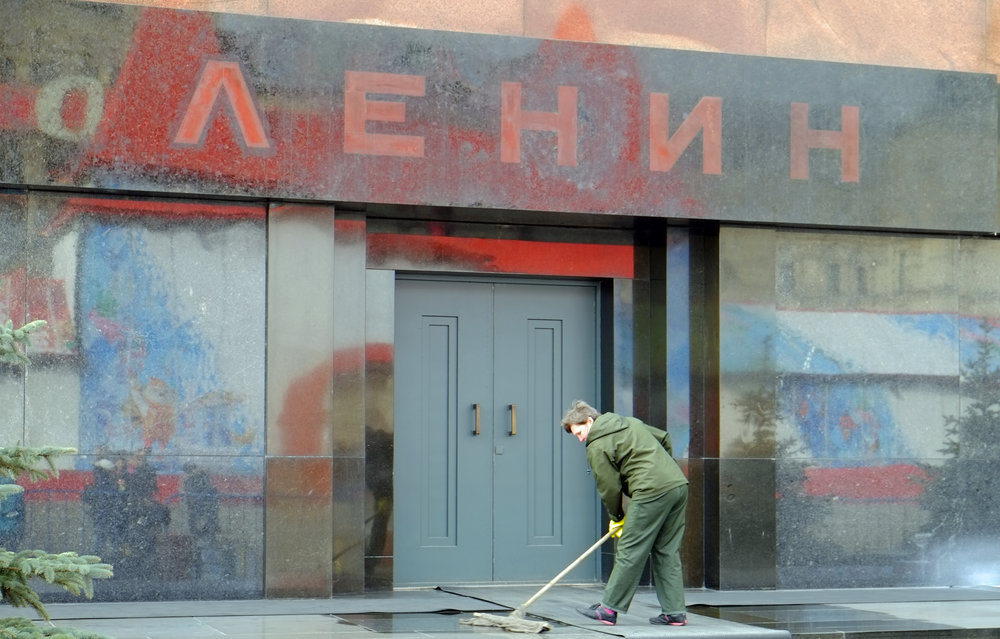
I had the title first. “F8 and Been There” seemed a bit of a no-brainer, combining as it did travel with photography and a knowing wink to Mr. Weegee. It also had the advantage of being short enough and unique enough to form a good hashtag.
The book you couldn’t find
Next was to set the tone. I decided to write the book that I couldn’t find—something written by a photographer with photographers like me in mind. Weekend-breakers who are curiosity-rich and time-constrained, who would like some insight into what to spend time and effort to see, and just as important, what’s so over-rated that it should be given a miss. Mix in a bit of advice on light levels, wide-angle relevance, tripod-friendliness, institutional flash-phobia, etc, would all be good too. Finally I thought I would make it both personal and humorous.
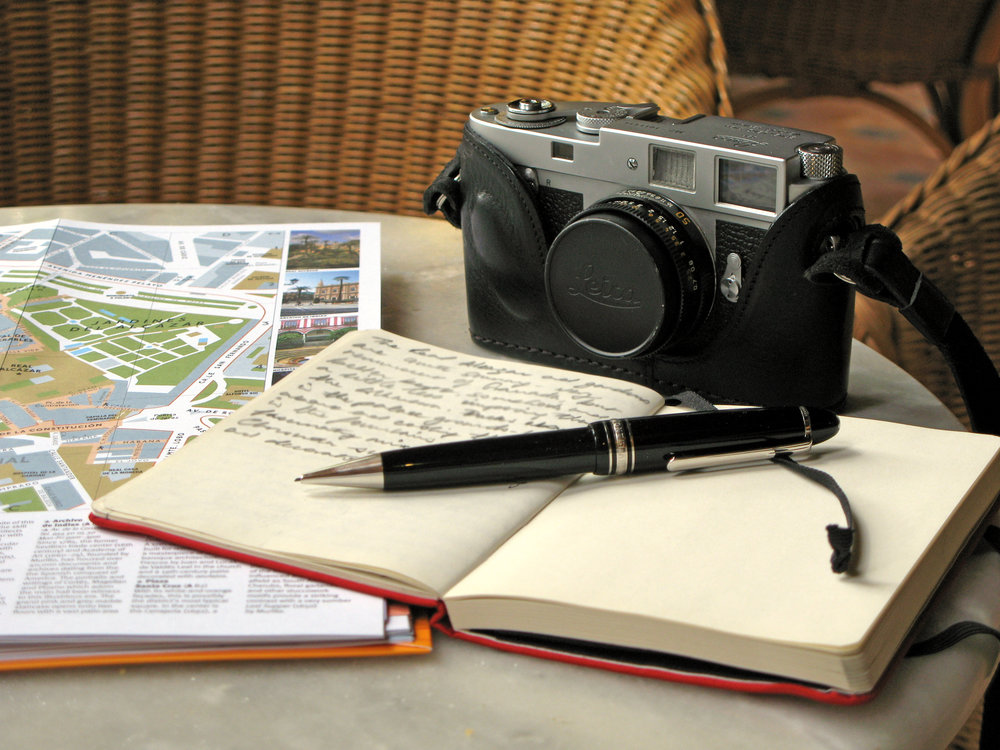
The pictures, of course, already existed—tick. I also had, through business travel and our habit of taking at least a couple of European citybreaks a year, enough material on enough cities for a decent number of chapters (and then some, of which more later)—tick.
I also decided from the outset to go down the self-publishing route with Kindle—how hard could it be, I thought? In due course I found out.
Then the fun started. I use Open Office as a word processor at home because a) it is free and b) it works really well. Which is why I made my life hard by starting to write in Google Docs…
On the move
To be fair, I did that so that I could easily write on the move, but it was never going to be able to keep up with what I wanted to do. I needed tables, you see, and Docs is not a nice tool for that. Back to Open Office, then, initially with a single file per chapter. I got the first half of the book plus about five cities done in quick succession then there was a long hiatus while the day job took up a lot of my time. Recently, however, I had the opportunity to devote some more “quality time” to getting it finished and the result is now available for download on Kindle.
I subscribe to the view that we all have a book in us, and Kindle and the like have made it easier—though still not easy—to self-publish. Once all the chapters were written I combined them into a single document, initially about seventy pages long. Formatting is all done by Kindle when you download a book to the device of your choice so I didn’t have to do anything beyond putting in hard page breaks at the end of each chapter and a couple of carriage returns after each paragraph. So far so simple. The first hurdle I hit was that most people publish books without pictures—F8 and Been There has 100 images spread over ten chapters—and the advice and guidance for inserting images was scarce to say the least. It is made worse by the fact that no word processing application I have ever encountered plays nice with images—they are prone to bringing them to their knees. I had made my life harder too by having to convert into MS Word .doc file format before uploading, since the Open Office files are not recognised.
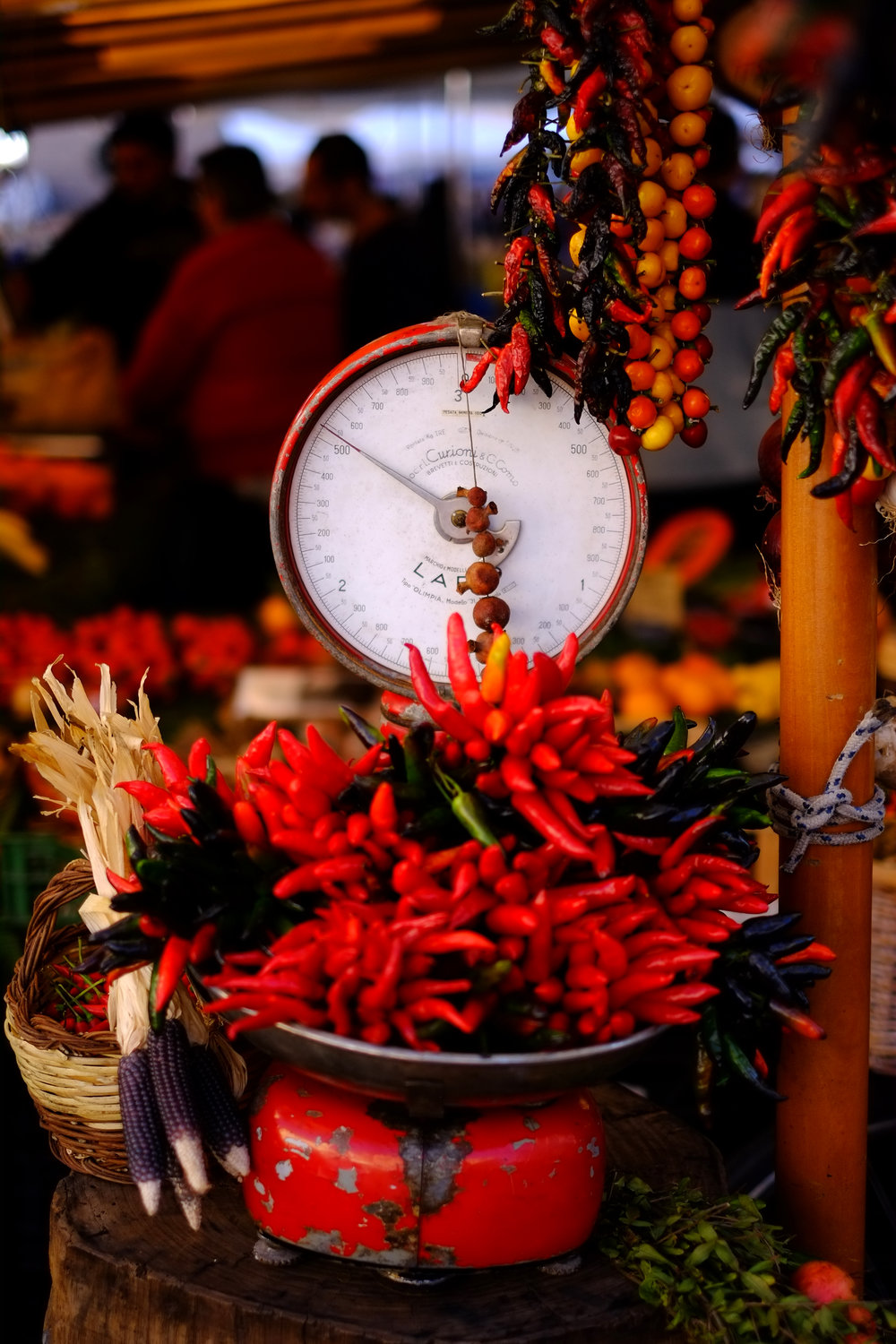
It took a lot of trial and error to get the positioning of captions right together with the number of carriage returns for them to display correctly (for the record you have to do one after the caption in the the same text box then one after in the body of the document). What really takes the time is that you have to upload and format the book each and every time to see the impact of each change. One hundred images, one hundred carriage returns, half an hour to upload, twenty minutes to step through and check… It took me days to get it right.
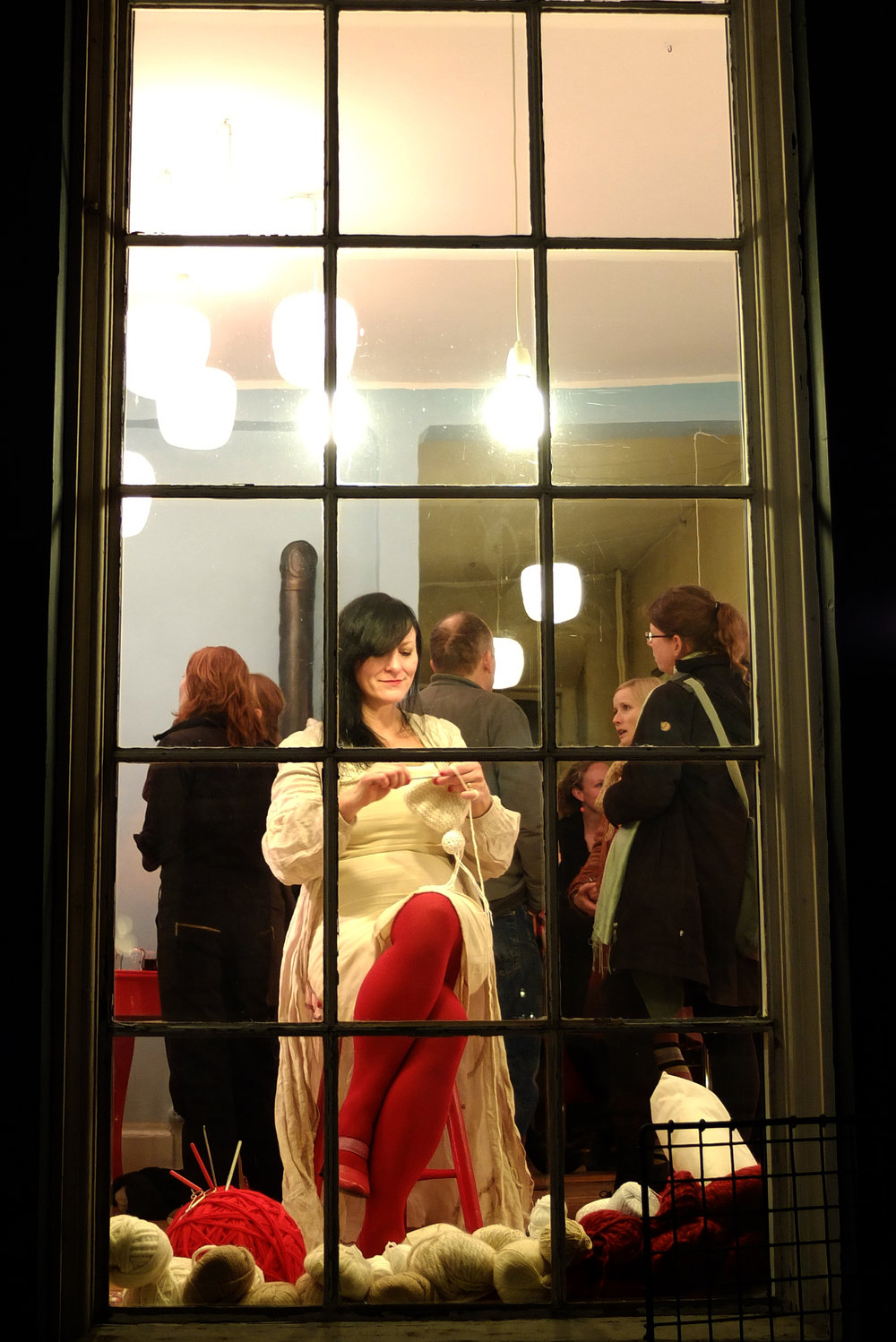
Little wrinkles
One of the little wrinkles, by the way, is that the Kindle software helpfully spell-checks the body of your document but NOT your captions. Oh—and indexing… I still haven’t got that quite right. I generated an automatic Table of Contents, but that was not enough. You also have to set up manual hyperlinks. Oh, and don’t forget that page numbering is another thing that has no meaning in Kindleland, once you have taken into account the fact that people will display on myriad different devices in portrait, landscape, various font sizes and line spacing. Many of the things that are important to get right in a hard-copy book go out of the window once you go digital.
Click on images to enlarge
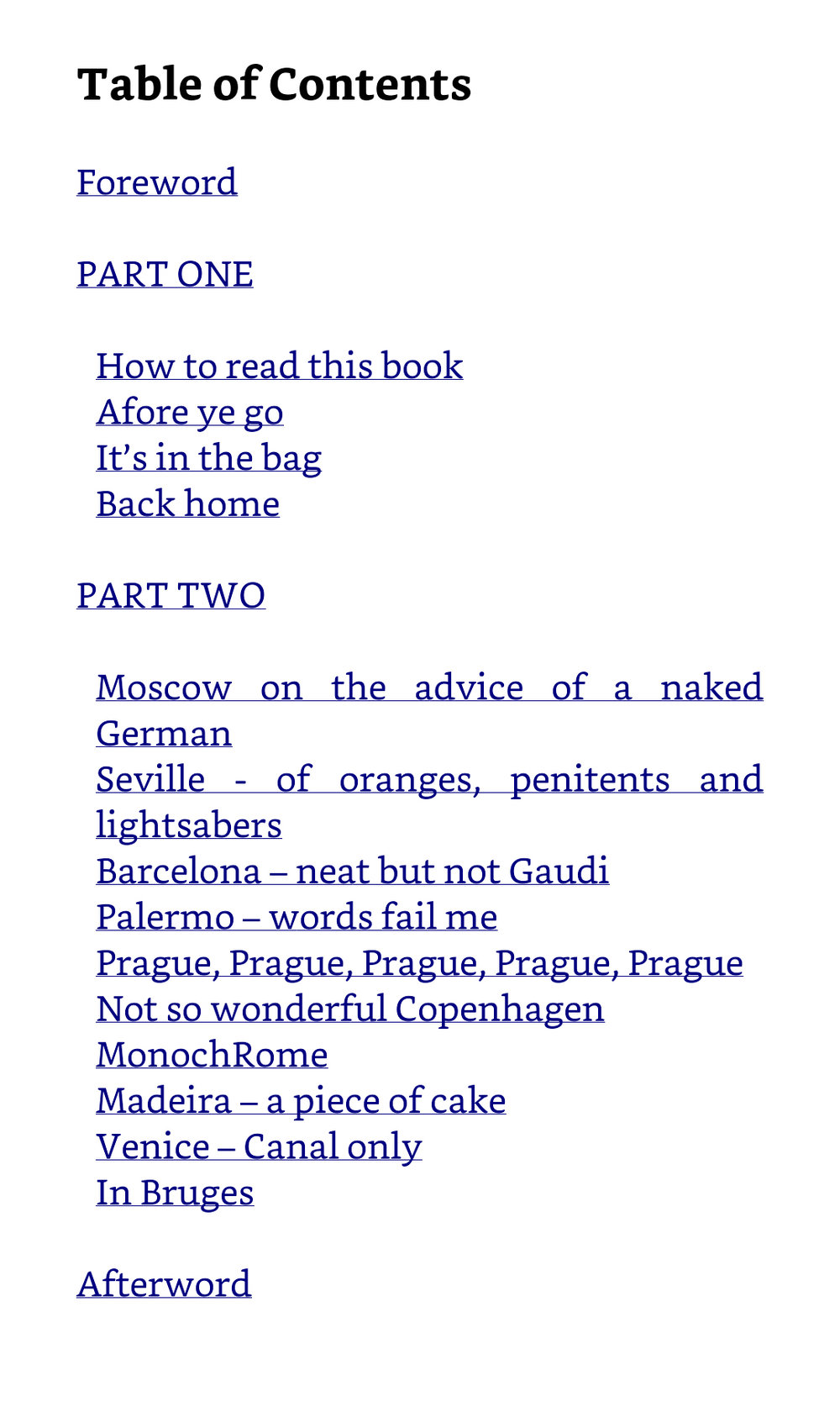
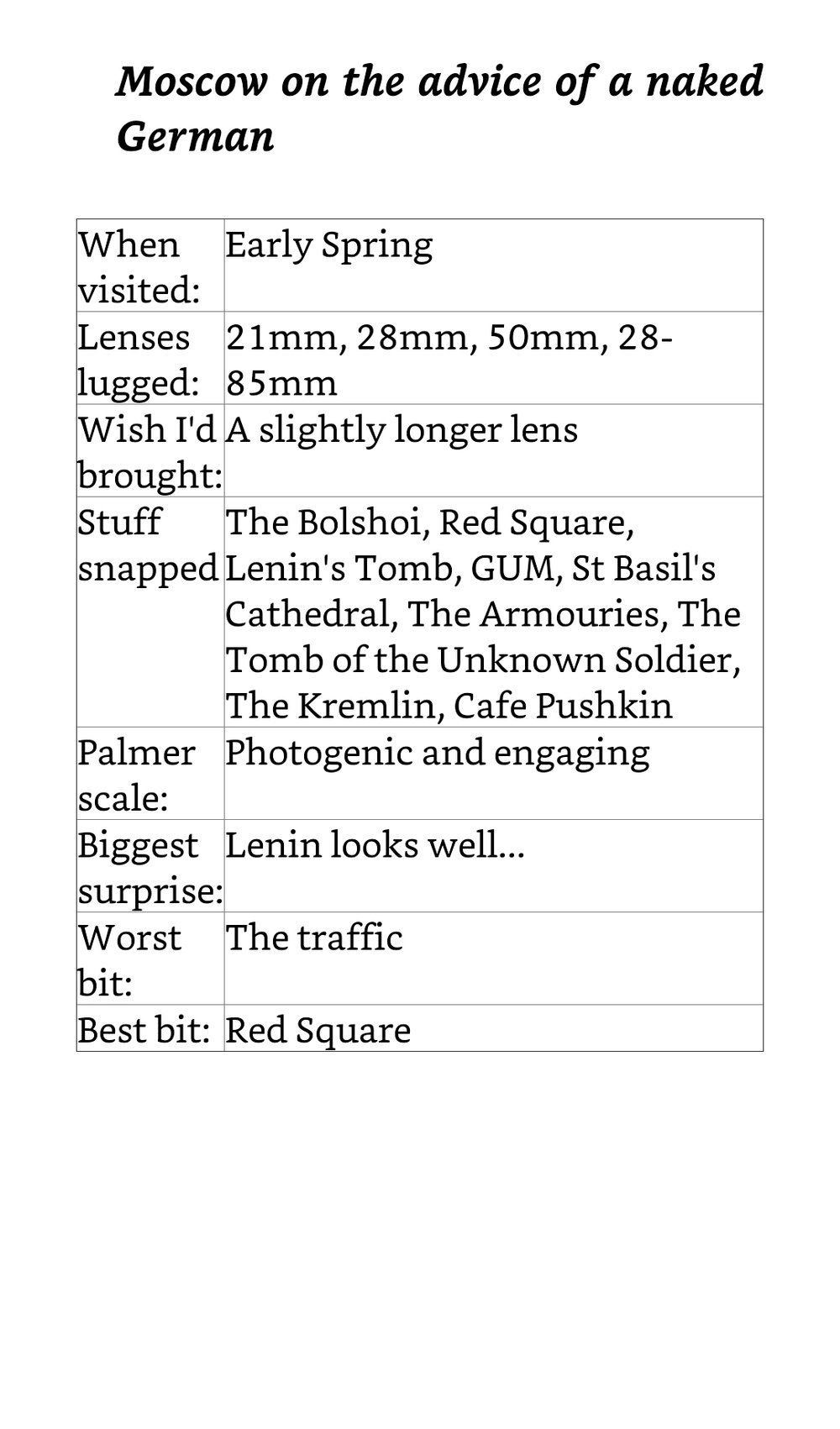
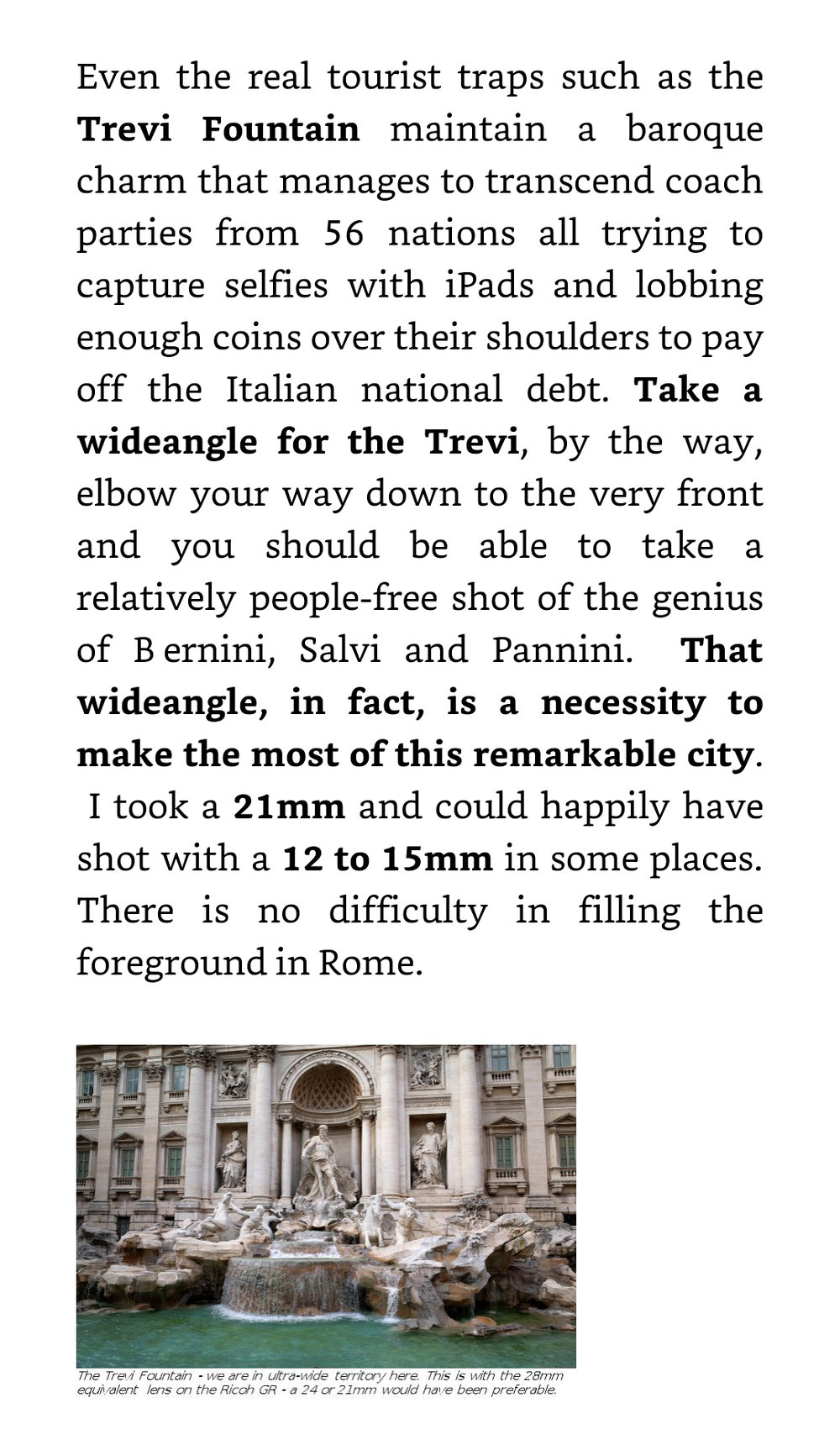
Book finally uploaded, it’s then time to do the cover. There’s an online tool for that, and it was actually relatively quick and easy. I wanted something eye-catching so I went with my photo of an Italian naval officer jumping from a moving motor-boat on the Grand Canal in Venice. There’s also a lot of box-filling, with book title, description, etc—all the stuff you see when you go on to the page for the book on Amazon. You also have an Author Page to set up—it’s all about presenting the right image, after all.
As a UK citizen I also have to fill in a whole set of forms for American taxation. I don’t know how our US friends manage if it’s all like that! Pricing next. Everything is priced in dollars, and calculated from there. I decided on a dollar price that gave me what I thought was a reasonable price in Sterling, set my required royalties level, checked and treble-checked everything until my eyes felt like tweed then took a deep breath and pressed the “publish” button.
…and nothing happened.
Not at first, anyway. There is no magic formula to publishing a book. Just because it is there doesn’t mean that people will buy it. You may think it is wonderful because it is your baby that you have nurtured to maturity, but the rest of the world neither knows nor cares.
You have to invest time and effort in publicity and marketing, to create an “echo chamber”, or a buzz. I had already used my Twitter and Instagram presences to get the word out, using the hashtag “#F8andBeenThere” for a few days before actual publication and after, as well as my membership of forums such as Serious Compacts and FujiXSpot. I changed my profile details to include an image of the book, and a link to it. I shamelessly emailed all my friends and acquaintances—anyone I could think of who might be interested—and things started to happen.
It has been covered as a news item on Fuji X Passion, retweeted by various people on Twitter and even local radio has shown an interest, along the lines of “local author writes a book” (well it is the dog-days of August, after all…). There’s a review on “Goodreads” (which I never even knew existed) and it has even been publicised on Facebook (where I have no presence at all myself). The Kindle Direct Publishing marketing tools are fascinating, by the way. You can run a campaign with a set budget, a spend profile and a bid price per ad. Where does it appear? You know that sidebar of other suggested books on Amazon when you are looking at something? That’s not coincidental. People like me have paid to have their product featured there. Interesting, eh?
Reviews
As I write, one week after publication my book has three five-star reviews, overall sales are well into double figures and I am seriously considering both a sequel (entitled “F8 and Been There, Too”, of course) and even a print-on-demand hardcopy version. What seems to have grabbed people’s attention is the humour and the candour as well as the photo-specific technical advice. I am not afraid to say if I don’t like a place; I have instituted the “Palmer Scale” to rank the cities that I have visited and I will say if somewhere doesn’t come up to scratch (sorry, Palermo) or if a regular guidebook “must see” like the Astronomical Clock in Prague is actually worth getting up early for, to stand a chance of catching it iPad-free.
I have to say, now it’s done it has all been great fun. I’d recommend the process to anyone as long as you have the patience, stamina and tenacity to see it through. I don’t expect to make a fortune doing this but hey, wouldn’t it be great if I earned enough royalties to pay for a visit to another European city to add as another chapter in “#Too”…
- You can buy F8 and Been There from Amazon here.
- You can find more from Bill Palmer at Lightmancer
- And here at Instagram
- Subscribe to Macfilos for free updates on articles as they are published. Read more here
- Want to make a comment on this article but having problems? Please read this

